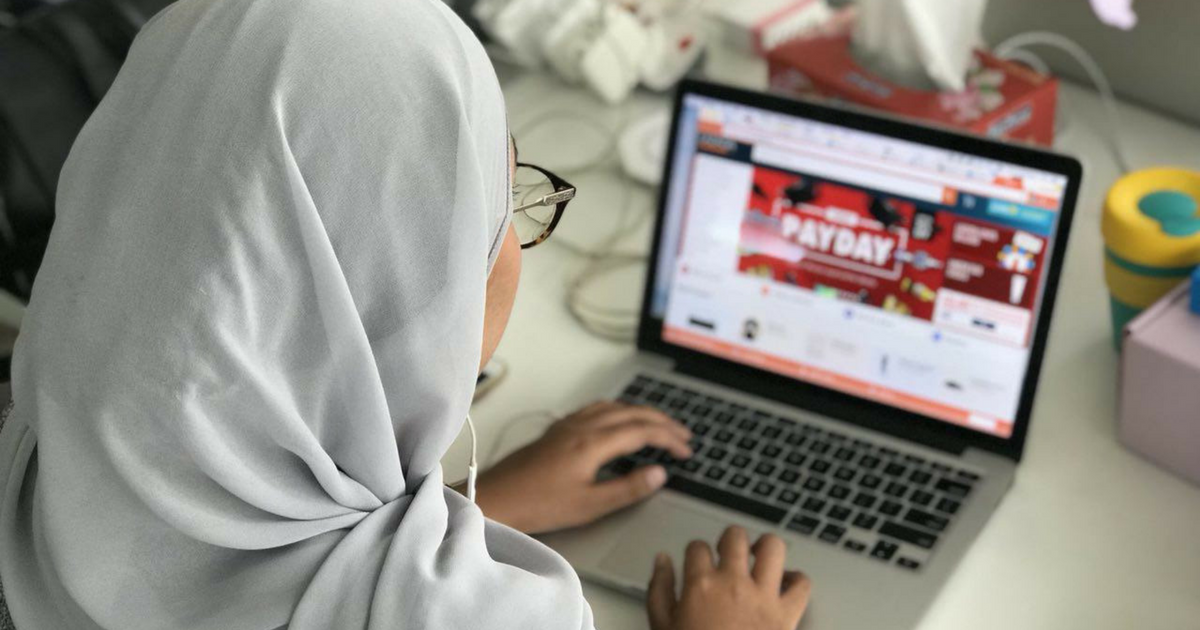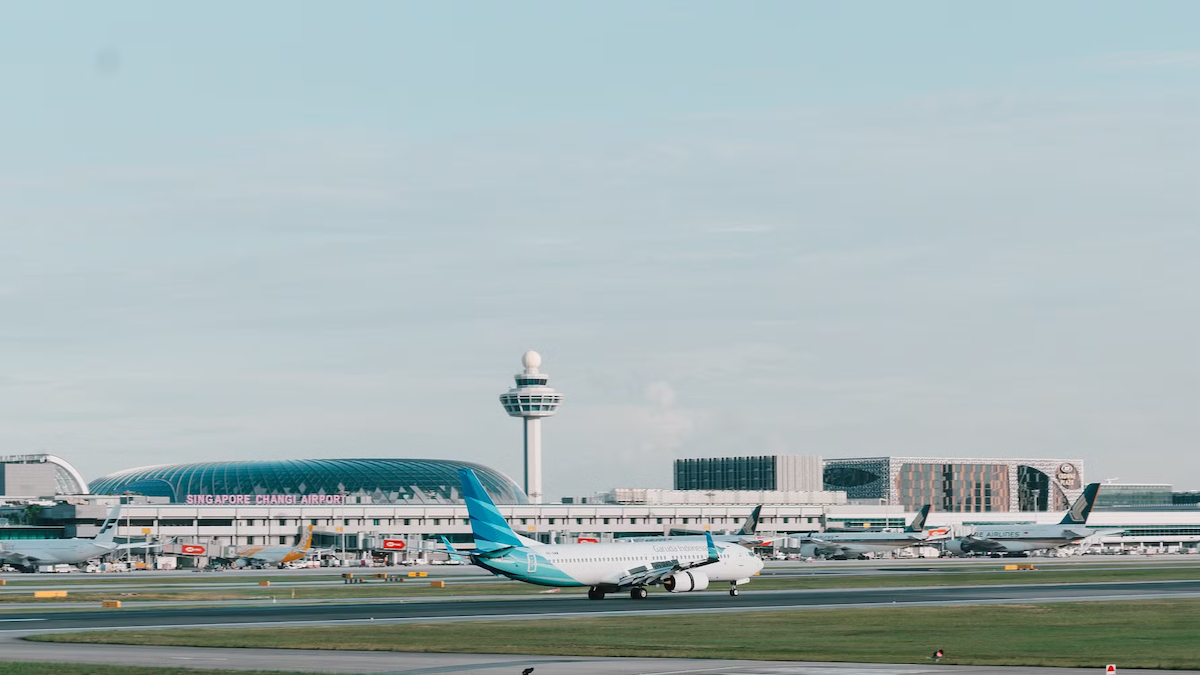e-Commerce has been an emerging industry in the recent years, evolving from the humble blogshops to online retailers and massive online marketplaces that are now worth billions.
A great example would be Singapore-based e-commerce platform, Lazada, which made the news for its new injection of funds from China’s Alibaba.
According to this, the Chinese giant has reportedly invested a total of US$4 billion including the latest funding.
Lazada’s previous 12.12 and 11.11 sales have proven that Southeast Asians (SEA) do not spare any expense when it comes to online shopping on sales days.
Reports from iPrice, which describes itself as an online shopping aggregator, further reveal how Singaporeans shop online.
How Was e-Commerce In 2017?
According to their report on the state of e-commerce last year with data they compiled from over 1,000 merchants in SEA, they found five facts about Singaporean online shoppers:
- Singapore is the only country in SEA that shops more after working hours; peak shopping period is 10pm (see graph above), and these shoppers ages range from 25 to 54.
- Credit card as a must-offered payment method for Singapore e-commerce websites; goes in line with our cashless society mission and shows that we like convenient payment methods.
- Singaporeans are 3 times more likely to complete purchases on desktop rather than mobile despite having the highest smartphone penetration globally.
- Number one in basket size at $91, huge lead on GDP among SEA countries.
- Continuous increase in mobile traffic.
The report noted that basket size was tied closely to the country’s GDP per capita and it’s a key metric for e-commerce operators.
Singapore’s basket size was reported to be $91 while Vietnam was $23.
It also noted that merchants offering Cash-On-Delivery (COD) for Singapore was less than 20% while more than 80% of Malaysia’s merchants offered it.
Data showing overall conversion rates of the SEA markets show Singapore neck-to-neck with Indonesia, at 1.1 times. This corresponds with the maturity of each market.
Singaporeans clearly prefer to shop with desktop as Singapore’s mobile conversion rate pales in comparison to its desktop conversion rate, with mobile at 0.9 times and desktop at 3 times.
This is despite a 10% increase in mobile traffic in Singapore from 64% to 74%, between Q3 2016 to Q2 2017.
Mobile versus desktop basket size also synchronised with the above information, with mobile basket size at $82 and desktop basket size at $96, which affirms that Singaporeans tend to purchase more on the desktop.
Wednesdays and Sundays are Singaporeans preferred time to shop online, seen in the graph above.
Taking Monday as the base value at 100%, conversion rate drops as much as 27% between Wednesday to Saturday, before picking up on Sunday.
Perhaps, it’s best for merchants to run their shopping deals and offers from Sunday to Wednesday.
The Leaders Of E-Commerce
The report pointed out four key findings from this study.
1. Qoo10 is in the lead for having the highest e-commerce traffic in Singapore
The online marketplace was recorded to have an average of 8.4 million traffic in 2017 Q3.
In three months, it became the first in Singapore to break eight figures for e-commerce traffic when it rose 70% to hit an average of 14.4 million traffic in Q4.
They reckon that it’s because Qoo10 had “first-mover advantage for occupancy of one market segment”.
Following close behind is Lazada, where in Q3 it had an average of 4.3 million traffic, trailing behind Qoo10 by about 4 million.
In Q4, Lazada’s traffic shot up by 150%, from 4.3 million to 10.8 million.
We think this could be attributed to its highly-anticipated year-end 11.11 and 12.12 sales.
2. Shopee showed exceptional growth in Facebook following, but Lazada still reigns on Facebook
Shopee had an average of 3.4 million followers on Facebook in Q3, taking fourth place on the map. But in Q4, they went up a spot, replacing Zalora in third place with an average of 7.3 million followers.
Despite gaining an additional 600,000 followers, Zalora could not keep up with Shopee’s social following.
Lazada however, maintains its position as the top where in Q3 they had an average of 18.1 million followers and grew to 21.4 million in Q4.
A quick scan of both Shopee and Lazada’s pages show pretty high engagement on their posts.
Shopee seemed to have more original and interactive content creation, while Lazada’s Call-To-Actions are all apparent in their posts.
Another reason why Lazada has such a strong following is probably because of its variety of products and spending power. It recently got an additional US$2 billion funding from Alibaba and replaced Max Bittner with Lucy Peng as CEO.
3. Instagram is fashion retailers’ playground, with Love, Bonito as the Selena Gomez of IG in Q3
Instagram is a platform that appeals to people’s visuals and pays a lot of attention to aesthetics.
So it comes as no surprise that the homegrown fashion label tops the chart as it has a highly curated Instagram profile with a uniform aesthetic.
Love, Bonito had 122,000 followers in Q3, followed closely by Korean beauty retailer, Althea, that had 120,000 followers.
Althea soon took over the top spot in Q4 with 147,000 followers, and Love, Bonito fell behind with 141,000 followers.
The map shows that three out of the top five merchants with the most Instagram followers come from fashion, they are Love, Bonito, MDS Collections, and MGP Label.
4. Lazada, Shopee, and Zalora employ a lot of people
The data was obtained by analysing employees who are on LinkedIn and who reside in Singapore.
Lazada’s employment size grew by about 17% in three months, from 476 to 555 employees. Zalora and Shopee remained in second and third places respectively until the end of the year.
These three startups all have their headquarters in Singapore.
The report states that the numbers could be higher as these are only data from LinkedIn.
The Future Of Singapore’s e-Commerce Market
According to a Gov.sg report in 2016, Singapore’s e-commerce market is expected to be worth S$7.5 billion by 2026.
Statista shows Singapore’s e-commerce user penetration is at 58.1% in 2018 and is expected to reach 71.9% in 2022.
In the recent Budget speech, the government has announced that it will focus on three major shifts, which are having a greater emphasis on Asia, investing in new technologies, and tackling the issue on ageing population.
All of these point towards creating a Smart Nation and moving the republic forward into a cashless society, where online services will become increasingly prevalent in the future.
Under the upcoming GST imposed on digital services that will happen from 2020, e-commerce on physical goods under S$400 will not be taxed but will be taxed on B2B and B2C imported services.
The report from iPrice pointed out that this will be a “new huge resource for the tax” come 2020.
These numbers all point to a booming e-commerce industry here, but it could also mean that retail owners will be facing a harder impact on the decline of their industry.
Should traditional retailers be worried or is there a bright side to this emerging market in SEA?
Featured Image Credit: Vulcan Post








